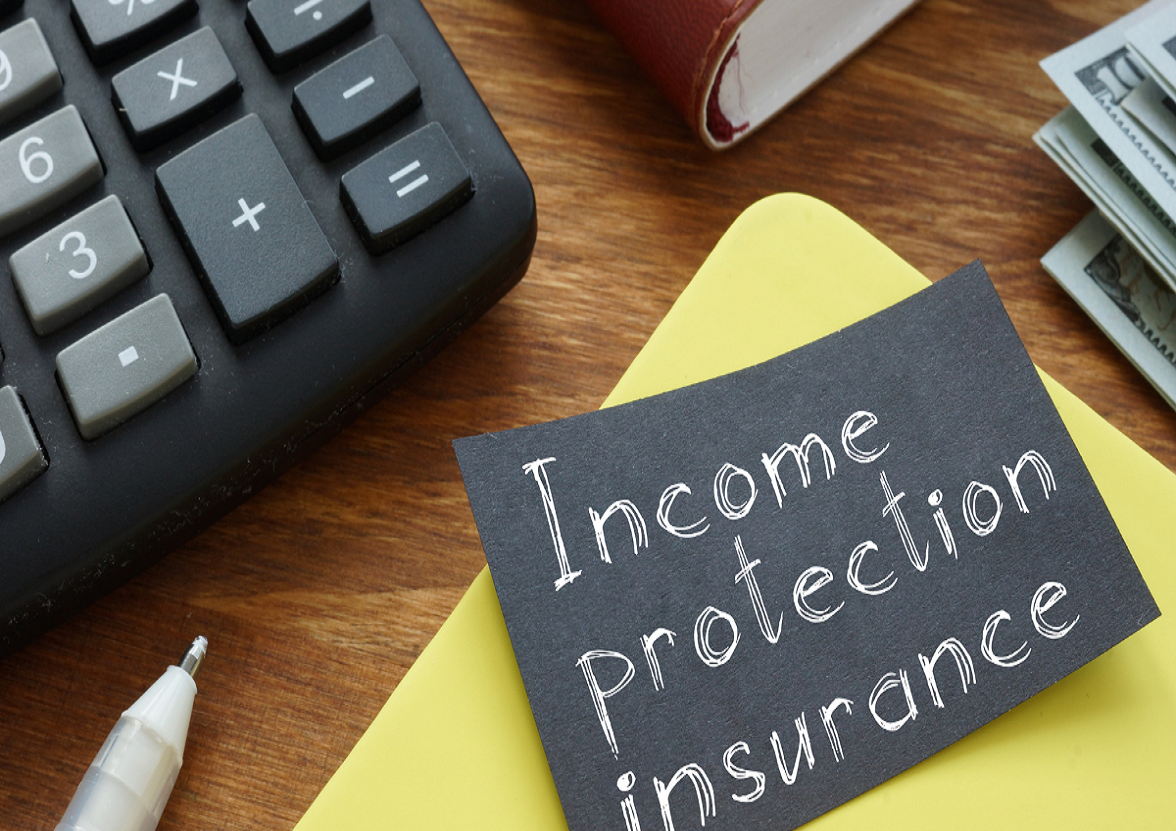How to Get the Best Deal on Homeowners Insurance
When it comes to protecting your home and assets, homeowners insurance is a must-have. However, finding the right coverage at the best price can be a daunting task. With so many different insurance companies, policy options, and coverage details, it can be challenging to determine what’s best for your needs. Fortunately, with a little research and planning, you can secure affordable homeowners insurance without sacrificing coverage.
This article will guide you through the steps to help you find the best deal on homeowners insurance. From understanding the basics of homeowners insurance to comparing quotes and adjusting your coverage, we’ll walk you through every step to ensure you make an informed decision.
What Is Homeowners Insurance?
Homeowners insurance is a type of property insurance that provides financial protection for your home and personal belongings in case of unexpected events such as fire, theft, vandalism, or natural disasters. It also includes liability coverage, which protects you if someone is injured on your property or if you accidentally cause damage to someone else’s property.
Understanding Homeowners Insurance
Before diving into how to get the best deal, it’s important to understand the basics of homeowners insurance. Homeowners insurance is designed to protect your home, personal property, and liability in the event of a disaster, theft, or accident. While policies can vary, most homeowners insurance covers the following:
- Dwelling Coverage: This protects the structure of your home in case of damage from events like fire, wind, or vandalism.
- Personal Property Coverage: This covers your personal belongings, including furniture, electronics, and clothing, in case of damage or theft.
- Liability Protection: This protects you financially if someone is injured on your property and sues you for medical expenses or damages.
- Additional Living Expenses (ALE): If your home becomes uninhabitable due to a covered loss, ALE provides funds for temporary living arrangements.
Now that you have a basic understanding of homeowners insurance, it’s time to dive into how to get the best deal for your situation.
1. Assess Your Coverage Needs
The first step in getting the best deal on homeowners insurance is determining how much coverage you actually need. Many people make the mistake of over-insuring or under-insuring their property, both of which can result in unnecessary expenses.
To avoid this, start by taking inventory of your home and belongings. Take note of the value of your home and personal property, as well as the potential risks your area faces. For example, if you live in an area prone to flooding or earthquakes, you may need to consider additional coverage options for these specific risks, as standard homeowners insurance policies typically don’t cover floods or earthquakes.
When determining your dwelling coverage, make sure to cover the cost of rebuilding your home in the event of a total loss, not the market value. Rebuilding costs may differ significantly from what you paid for the home.
2. Shop Around and Compare Multiple Quotes
Once you’ve assessed your coverage needs, the next step is to shop around and compare quotes from multiple insurance providers. Prices for homeowners insurance can vary greatly from one company to another, so it’s essential to obtain quotes from several insurers to find the most competitive rates.
Start by gathering quotes from both large, well-known insurers and smaller, regional companies. Some smaller insurers may offer more personalized service or better rates, so it’s important not to overlook them. Many insurance companies allow you to get a quote online, which can save you time and effort.
When comparing quotes, make sure to examine the details of each policy. It’s not just about finding the cheapest price but also about ensuring that the coverage matches your needs. Look at the coverage limits, deductibles, and any exclusions that may apply.
3. Take Advantage of Discounts
Most insurance companies offer various discounts that can help you save money on your homeowners insurance policy. While the specific discounts may vary by insurer, here are a few common ones to look out for:
- Multi-Policy Discount: If you bundle your homeowners insurance with other types of insurance, such as auto or life insurance, many insurers will offer a discount on all of your policies.
- Security System Discount: If your home is equipped with a security system, such as an alarm or surveillance cameras, you may be eligible for a discount. This is because homes with security systems are less likely to be targeted by burglars, reducing the risk for the insurer.
- Claims-Free Discount: If you haven’t filed any claims in the past few years, you may qualify for a claims-free discount. Insurance companies often reward customers who haven’t filed claims by offering lower premiums.
- New Home Discount: If your home is newly built or recently renovated, you may qualify for a discount, as new homes tend to have fewer maintenance issues and are less likely to suffer major damage.
- Loyalty Discount: Some insurers offer discounts for staying with the same company for a certain number of years. While it’s important to shop around for the best deal, a loyalty discount can help reduce your premium if you’ve been with the same provider for a long time.
Make sure to ask each insurance company about available discounts. Even if they aren’t advertised on the company’s website, you may still be eligible for them.
4. Adjust Your Deductible
Your deductible is the amount you pay out of pocket before your insurance coverage kicks in. Generally, the higher your deductible, the lower your premium will be. This is because you’re taking on more financial responsibility in the event of a claim, so the insurer assumes less risk.
If you’re looking to save on your premium, consider increasing your deductible. However, keep in mind that you should only raise your deductible to an amount you can comfortably afford in the event of a claim. While a higher deductible will lower your monthly premium, you don’t want to be stuck with a large deductible that you can’t afford to pay if something happens.
Before making any changes to your deductible, evaluate your finances and decide how much risk you’re willing to take on.
5. Review Your Policy Annually
Once you’ve secured homeowners insurance, it’s important to review your policy annually. Your needs may change over time, and your insurance policy should reflect those changes. For example, if you’ve made improvements to your home, such as adding a new roof or upgrading your plumbing, your coverage may need to be adjusted to account for the increased value of your property.
Additionally, be sure to check your policy for any discounts or changes to your premium. If you’ve been claims-free for another year or have installed new safety features, you may be eligible for additional discounts.
Annual reviews give you the opportunity to reassess your coverage and ensure that you’re still getting the best deal. If you find that your premium has increased significantly without any changes to your coverage, it might be time to shop around for a better deal.
6. Consider a Higher Liability Limit
While homeowners insurance typically includes liability coverage, it’s worth considering increasing your liability limits if you have significant assets to protect. Liability coverage protects you in the event that someone is injured on your property and sues you for medical expenses or damages.
If you have a higher-than-average net worth or own valuable assets such as a vacation home, consider raising your liability coverage limits. This can help ensure that you’re adequately protected if a serious accident occurs. While increasing liability limits may result in a slight increase in your premium, it can provide you with peace of mind knowing that your assets are protected.
7. Understand Your Policy Exclusions
Before finalizing your homeowners insurance policy, it’s crucial to understand what’s excluded from coverage. Insurance companies often exclude certain types of damage or loss, and these exclusions can significantly impact your financial protection.
For example, as mentioned earlier, homeowners insurance typically doesn’t cover flood damage or earthquakes. If you live in an area prone to these risks, you may need to purchase separate policies to cover them. Understanding what your policy doesn’t cover will help you avoid surprises in the event of a claim.
Additionally, some insurers may have specific exclusions related to wear and tear, mold, or pests. Be sure to review your policy carefully and ask your insurance provider for clarification if you’re unsure about any exclusions.
Conclusion
Getting the best deal on homeowners insurance requires a combination of research, strategy, and smart decision-making. By understanding your coverage needs, comparing multiple quotes, taking advantage of discounts, and adjusting your policy as necessary, you can find an affordable insurance plan that provides adequate protection for your home and belongings.
Don’t be afraid to shop around and ask questions. With so many insurers and policy options available, there’s bound to be a policy that fits both your needs and your budget. With the right approach, you can secure the best deal on homeowners insurance and have peace of mind knowing your home is protected.



